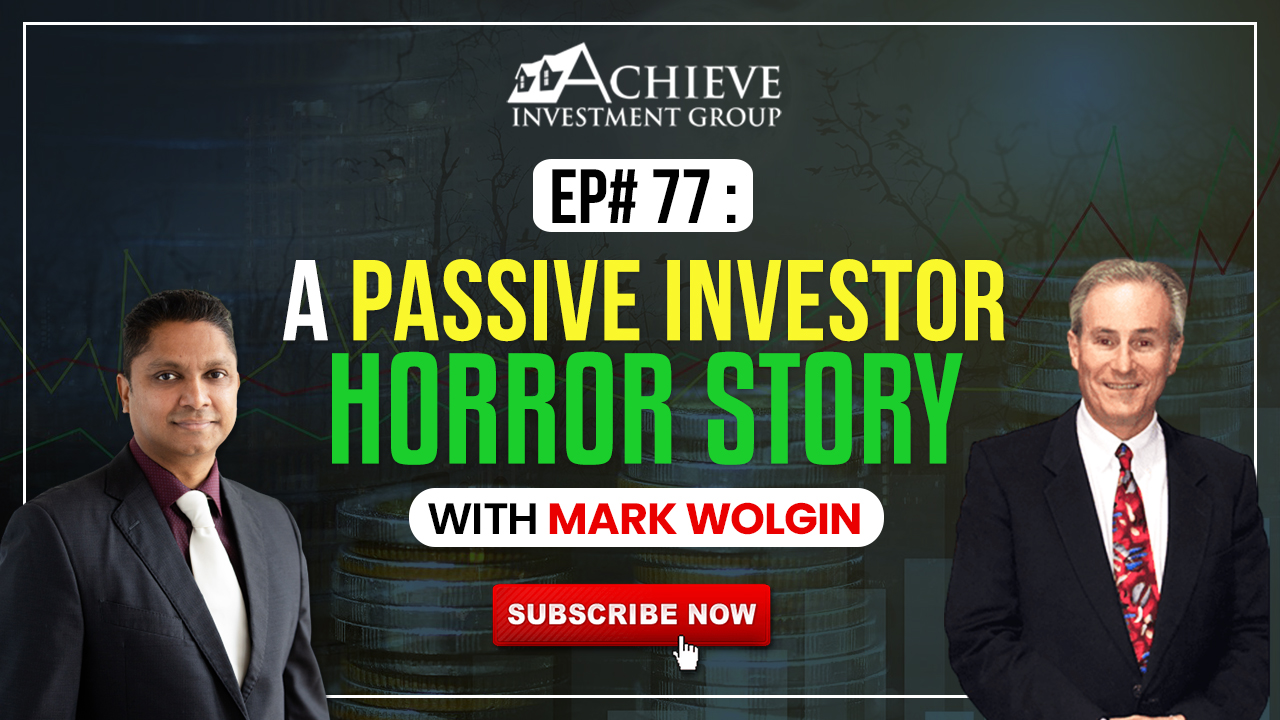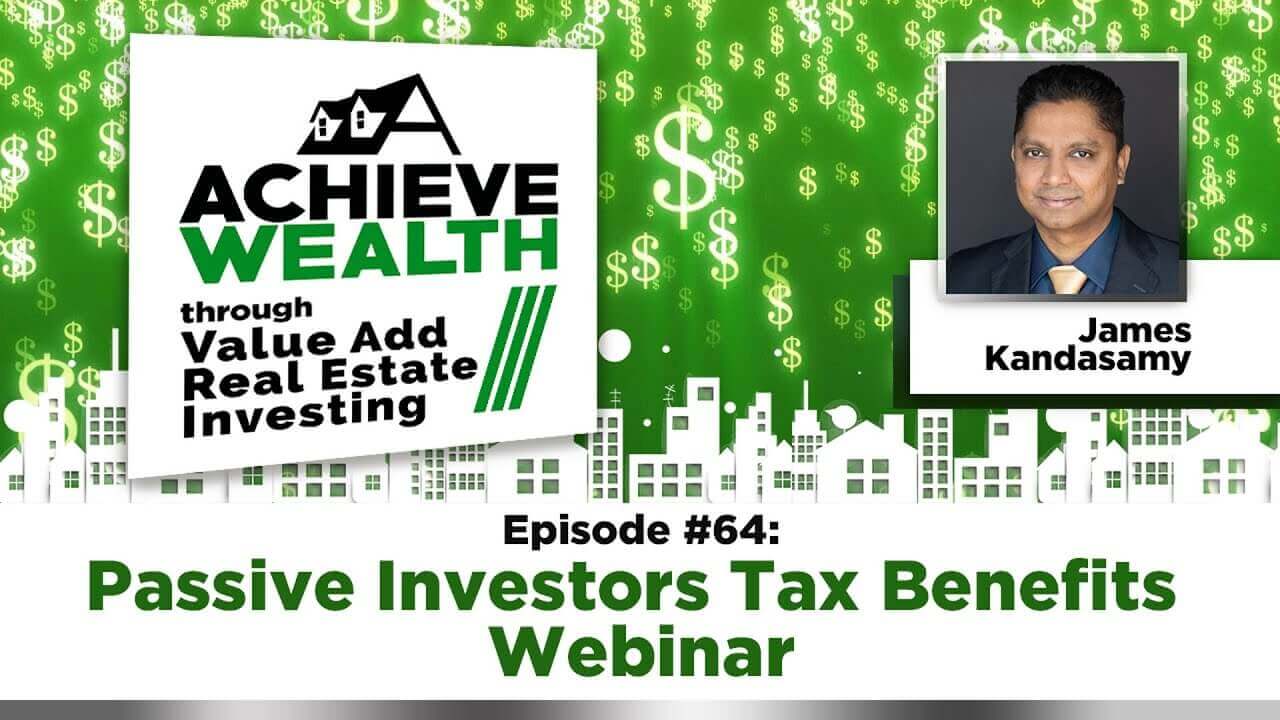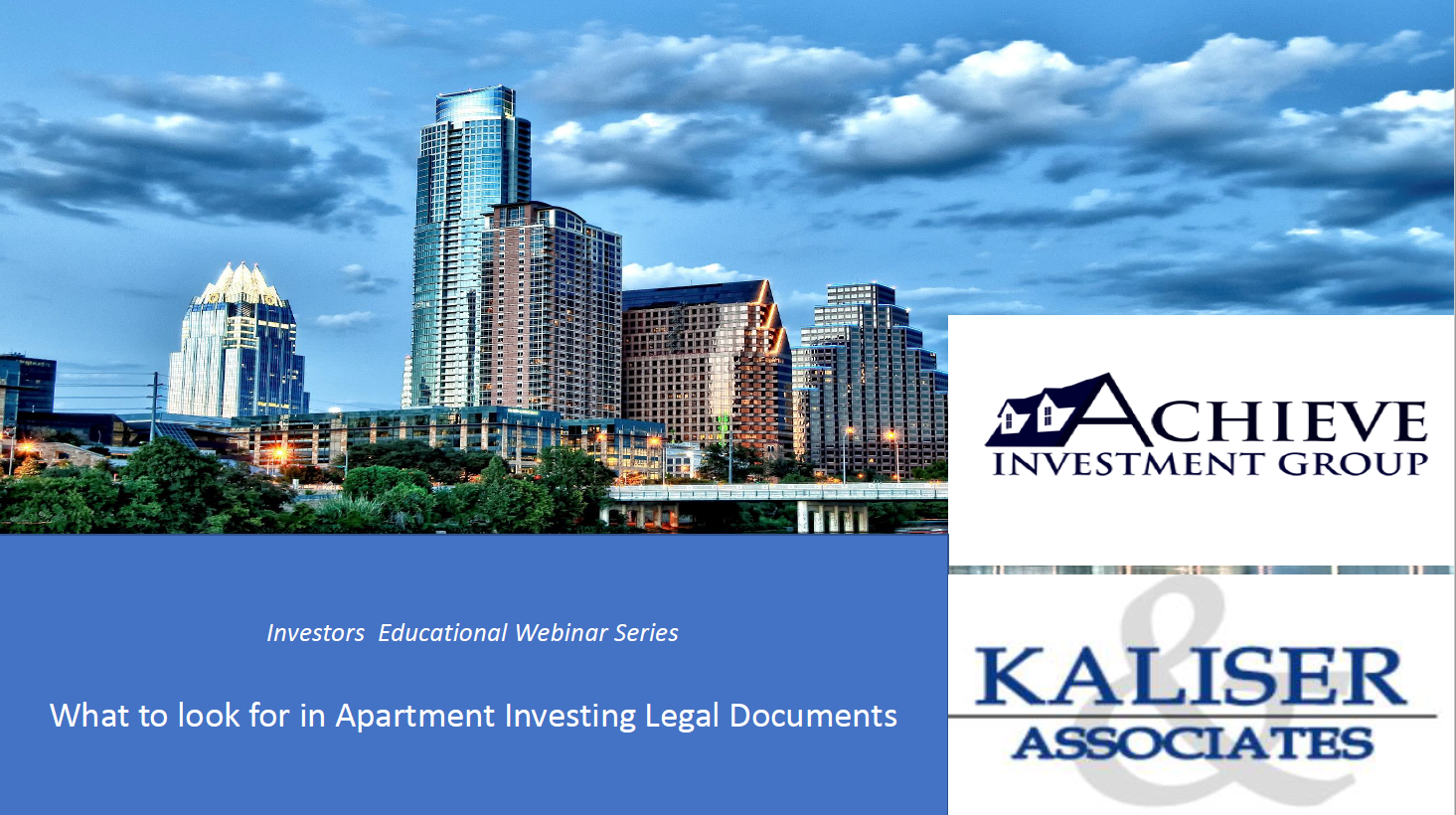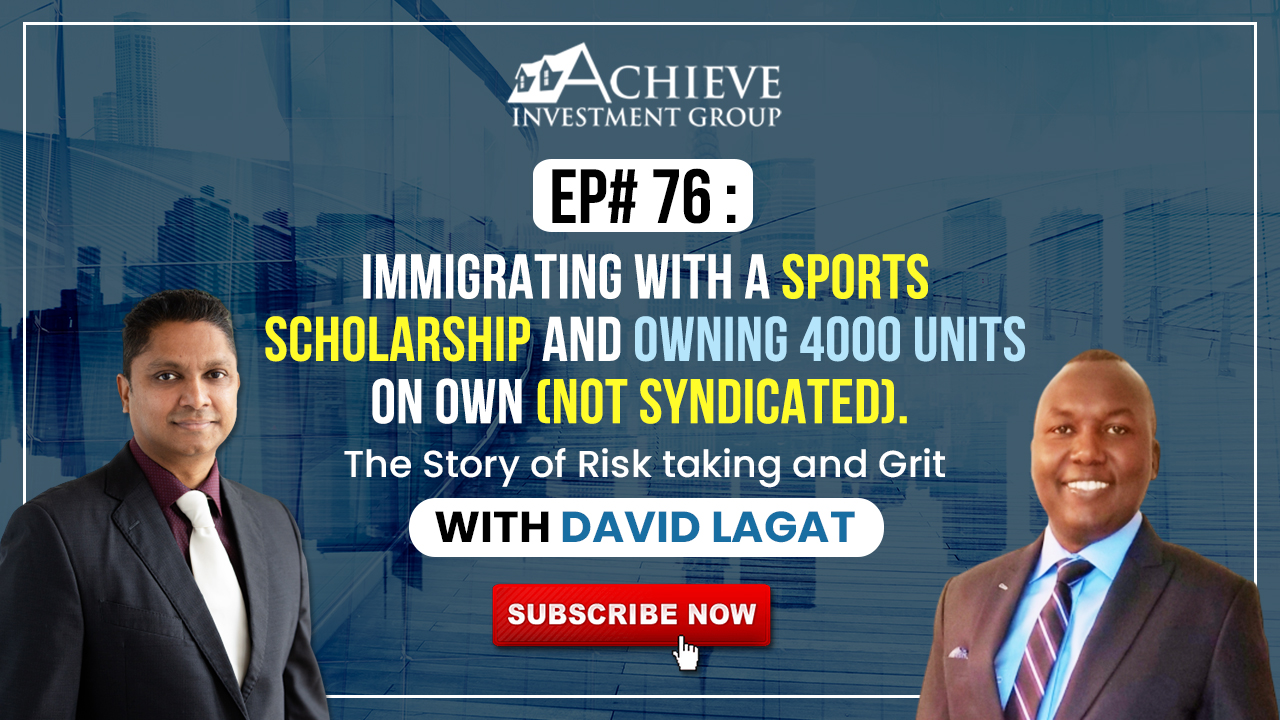Welcome to Achieve Wealth Through Value Add Real Estate Investing Podcast with James Kandasamy.
Let’s dive deeper into what the actual tax savings that a W2 Passive Investors and Real estate professional get from Investing in Syndicated real estate Investments.
Never forget to like and subscribe and press the bell icon for more useful videos.
—————————————————————————————————————–
Get your copy of James #1 International Best Selling book – Passive Investing in Commercial Real Estate – https://amzn.to/2Ng35KE
—————————————————————————————————————–
☑️ Check out James Kandasamy at
🎓 Apply for Multifamily Mentoring Program: https://achieve-academy.net/
🌐 Invest with us: https://achieveinvestmentgroup.com/new-investor-form/
👍 Facebook: https://www.facebook.com/jameskandasamy/
📸 Instagram: https://www.instagram.com/jameskandasamy/
🌐 LinkedIn: https://www.linkedin.com/company/achieve-investment-group/
🐦 Twitter: https://twitter.com/achieveinvest
📹 YouTube: https://www.youtube.com/channel/UC_bqeFNjjrATXLX-2fSaLvw/featured
—————————————————————————————————————–
📚 Achieve Wealth Through Value Add Real Estate Investing Podcast 📌 https://apple.co/3hWvVNV
—————————————————————————————————————–
🔔 Subscribe My Channel and Press the Bell Icon 🔔
📺 https://www.youtube.com/channel/UC_bqeFNjjrATXLX-2fSaLvw/featured
—————————————————————————————————————–
📞 Contact Me:
🌐 https://achieveinvestmentgroup.com/
📧 info@achieveinvestmentgroup.com





 Check out James Kandasamy at
Check out James Kandasamy at Apply for Multifamily Mentoring Program:
Apply for Multifamily Mentoring Program:  Invest with us:
Invest with us:  Facebook:
Facebook:  Instagram:
Instagram:  Twitter:
Twitter:  YouTube:
YouTube:  Achieve Wealth Through Value Add Real Estate Investing Podcast
Achieve Wealth Through Value Add Real Estate Investing Podcast 
 Subscribe My Channel and Press the Bell Icon
Subscribe My Channel and Press the Bell Icon 
 Contact Me:
Contact Me: info@achieveinvestmentgroup.com
info@achieveinvestmentgroup.com




